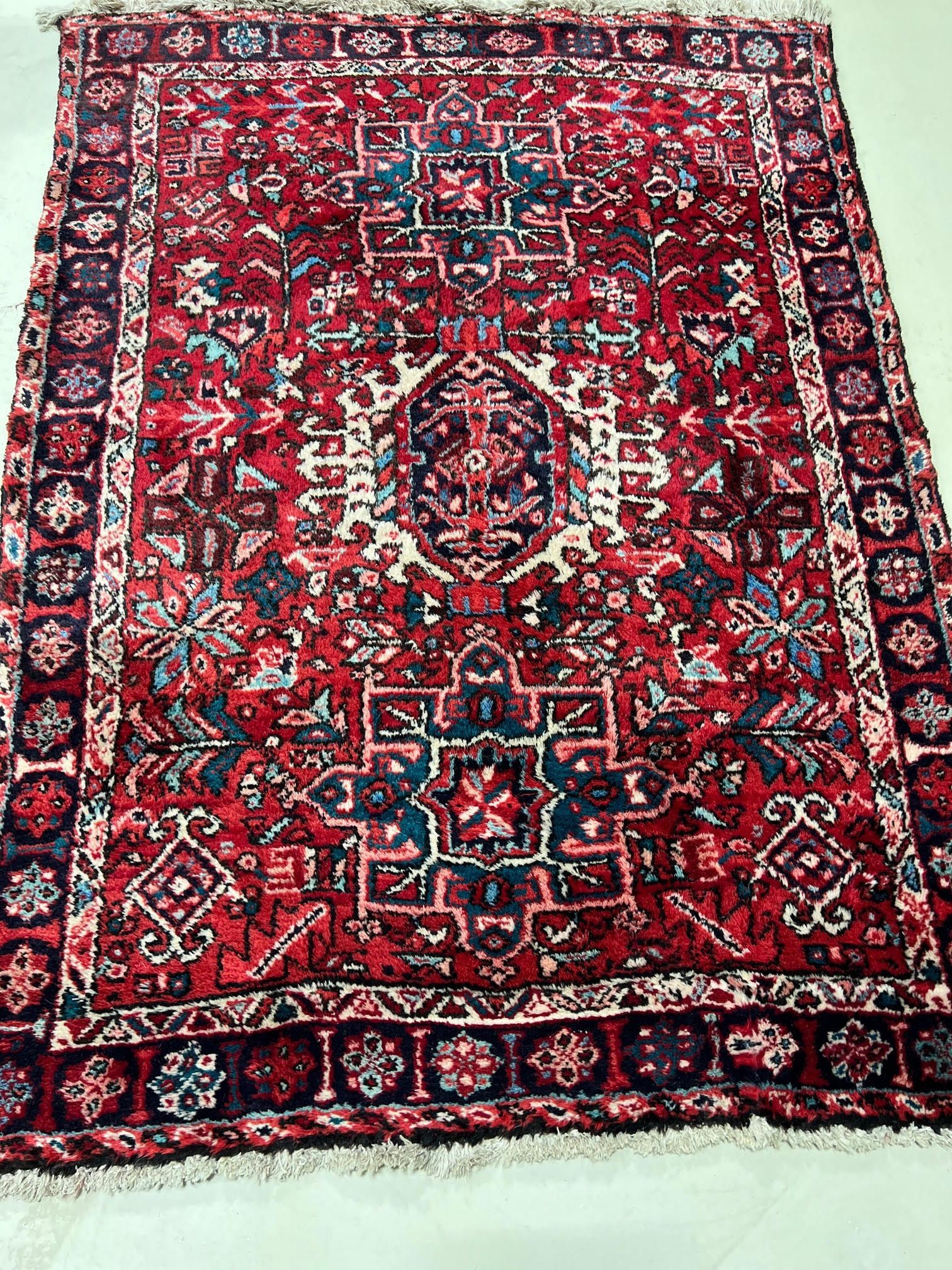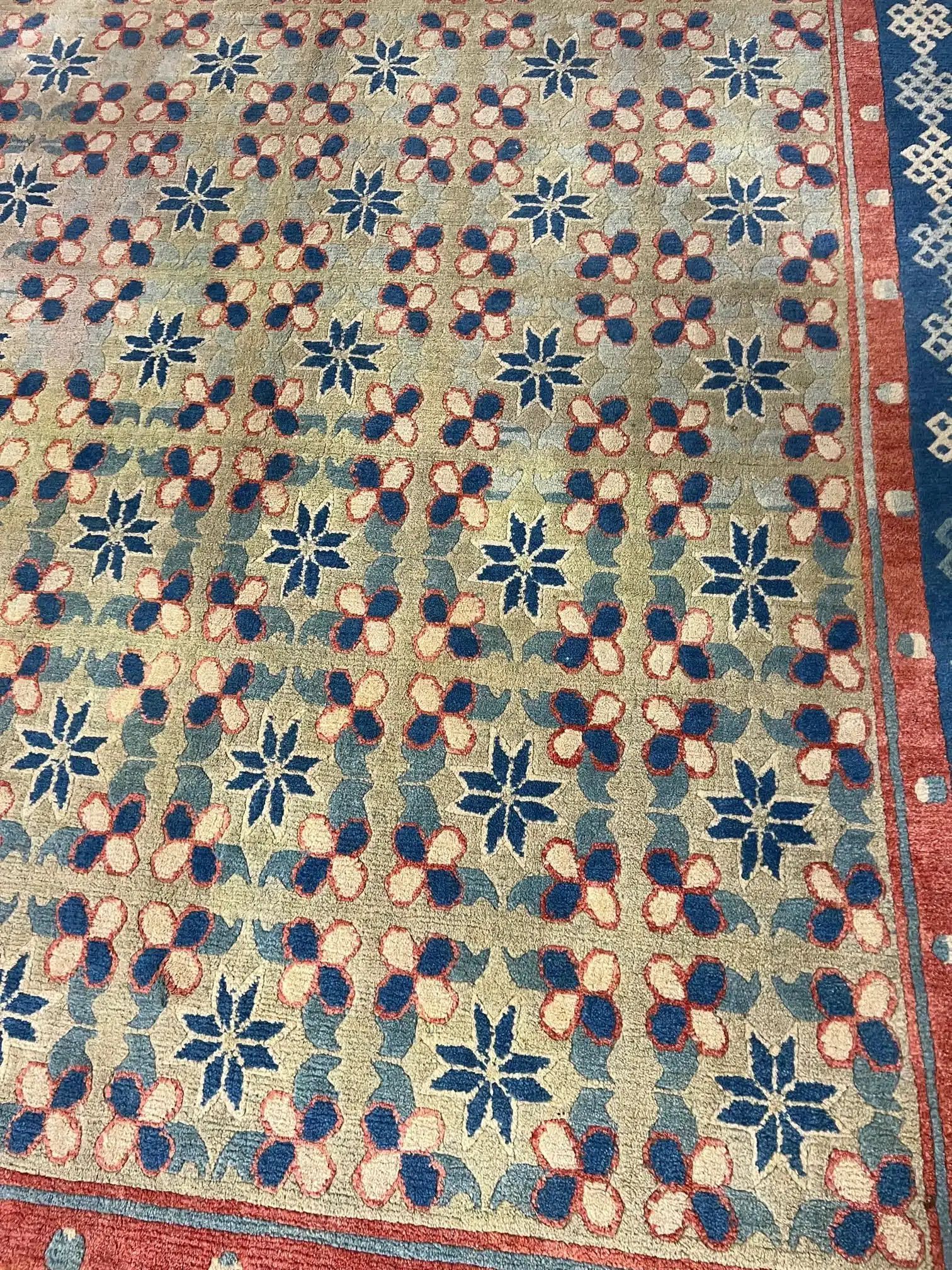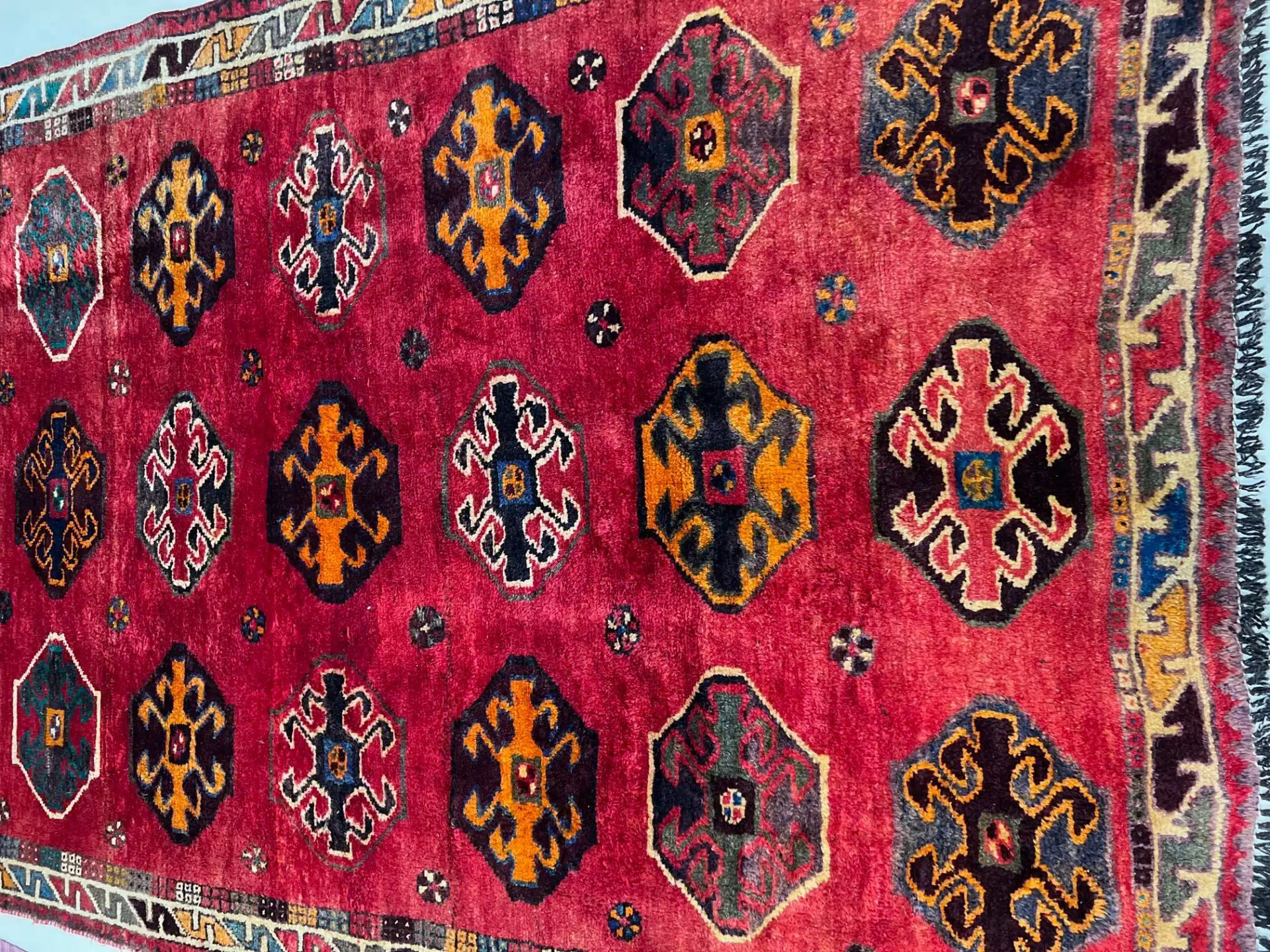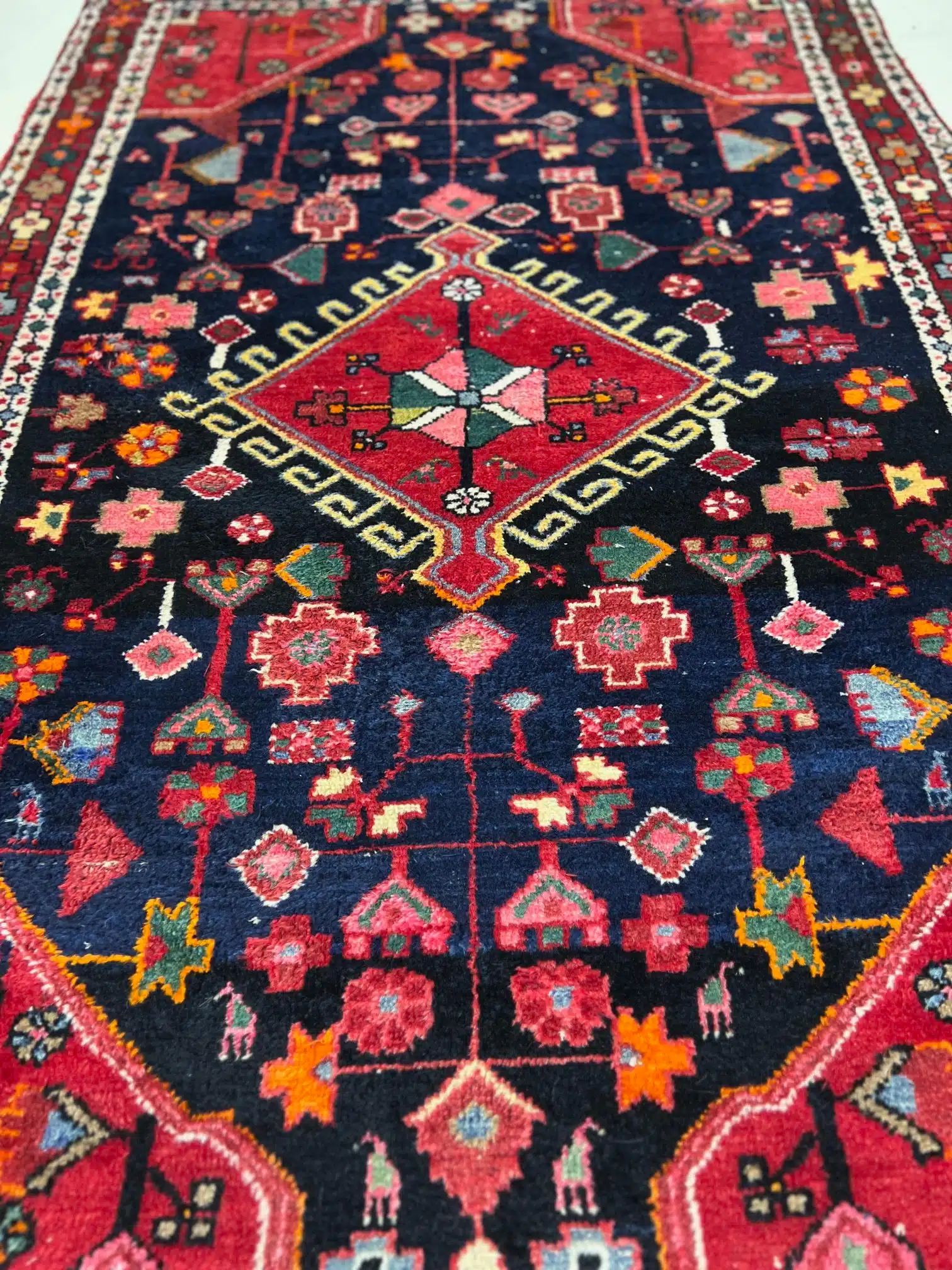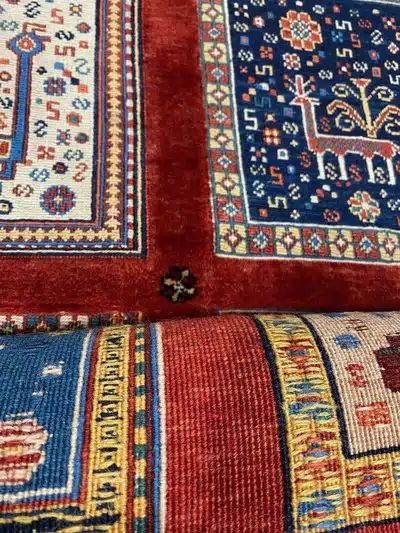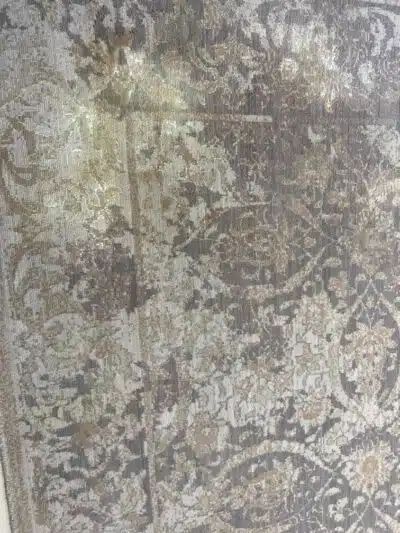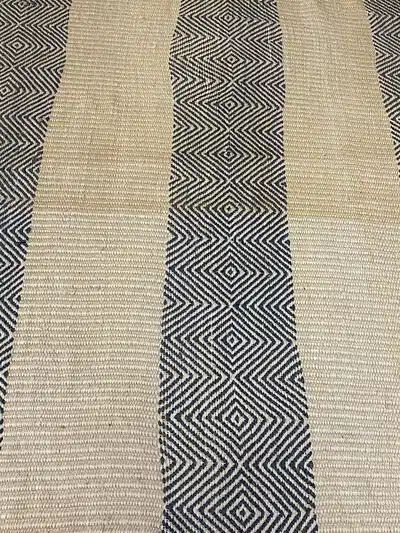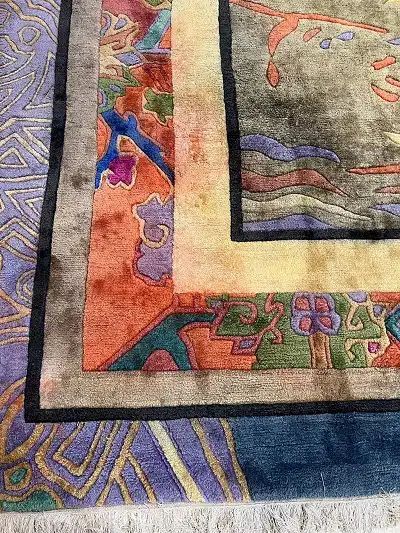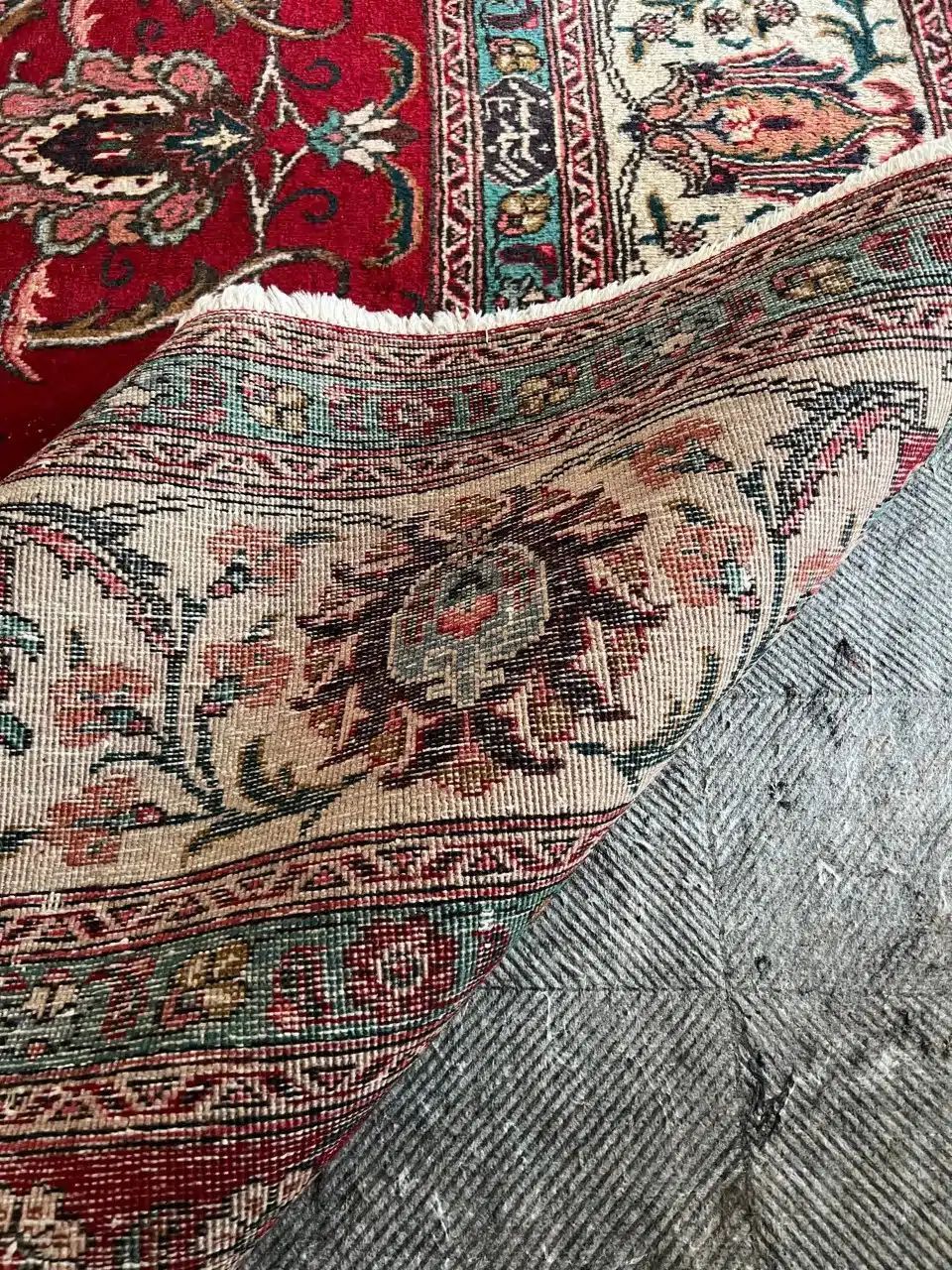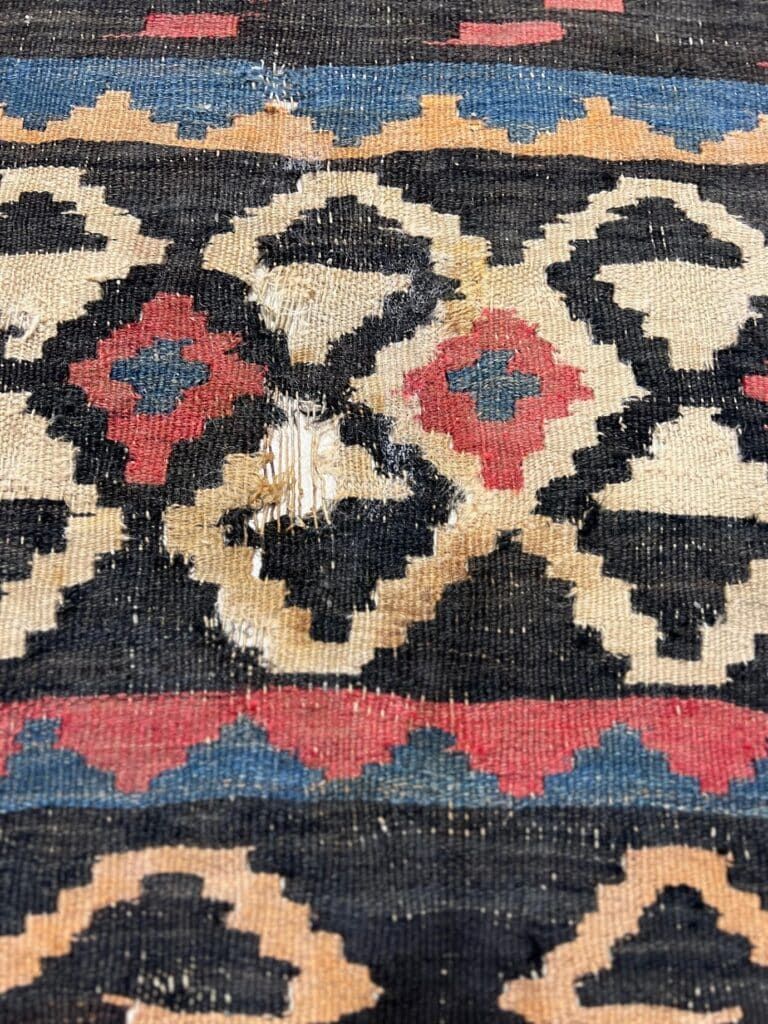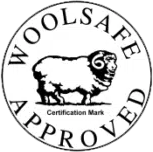Understanding Viscose Rugs
Viscose Rugs = Artificial Or ‘Art’ Silk
Many rugs marketed today as silk are, in fact, artificial silk rugs made of viscose fibers. Rugs made of viscose, or technically viscose rayon, present several unique problems for those who own and clean them. If you own a viscose rug, it’s important to understand the advantages and the drawbacks of this type of fiber. Viscose is made of wood pulp and cotton byproducts. Viscose is also called faux silk, art silk, man=made silk, fake silk and more.
Today, designer rugs labeled as man-made silks are often viscose artificial silk. These are sometimes sold at prices that make consumers believe they have bought the real thing, and sometimes viscose is used as a filler or silk substitute to make lesser-quality rugs that are often still labeled as real silk. The advantage of viscose is that it can be made into fibers that are incredibly soft. No other fiber feels like viscose, and for this reason it is popular with many designers and rug manufacturers. However, this softness is achieved through chemical processing that makes the fibers very weak. Despite its great look, it is one of the most fragile fibers on the market today.
It is important to know about four major drawbacks that make viscose a bad choice for everyday use.
- Viscose rugs can shed. Since viscose fibers are so weak, normal, everyday traffic can break the fibers and leave the rug looking as though it’s been clawed by a cat.
- Viscose fibers don’t hold dye well. They tend to bleed if you get them wet, and this can be from improper cleaning or from spills.
- Viscose rugs become yellow with moisture. It’s important that your rug cleaner use proper chemistry and get the rug dry as quickly as possible to minimize this.
- Viscose rugs can become matted and stiff after they’ve gotten wet. This can be from an improper cleaning process or from spills in the home.
An experience rug cleaner will use special brushes and hand-grooming techniques to soften and raise the nap after cleaning.
The post Understanding Viscose Rugs appeared first on The Austin Rug Cleaner.
